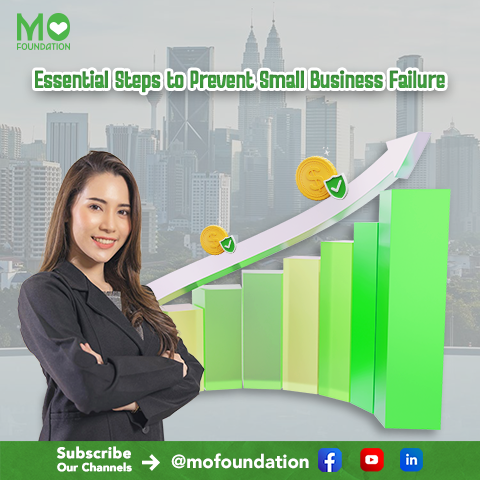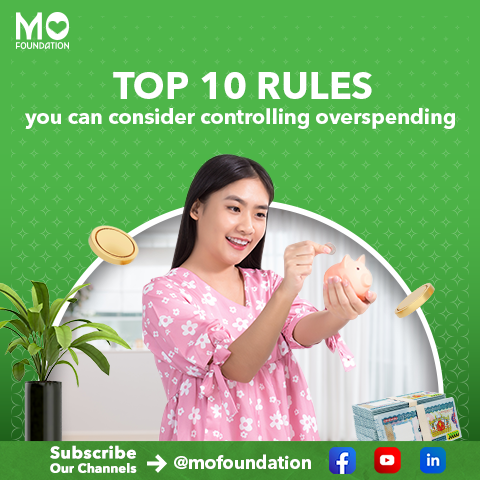
2 November 2023
Essential Steps to Prevent Small Business Failure
Starting a small business can be an exciting and rewarding venture. However, without proper planning and market understanding, many small businesses face the risk






